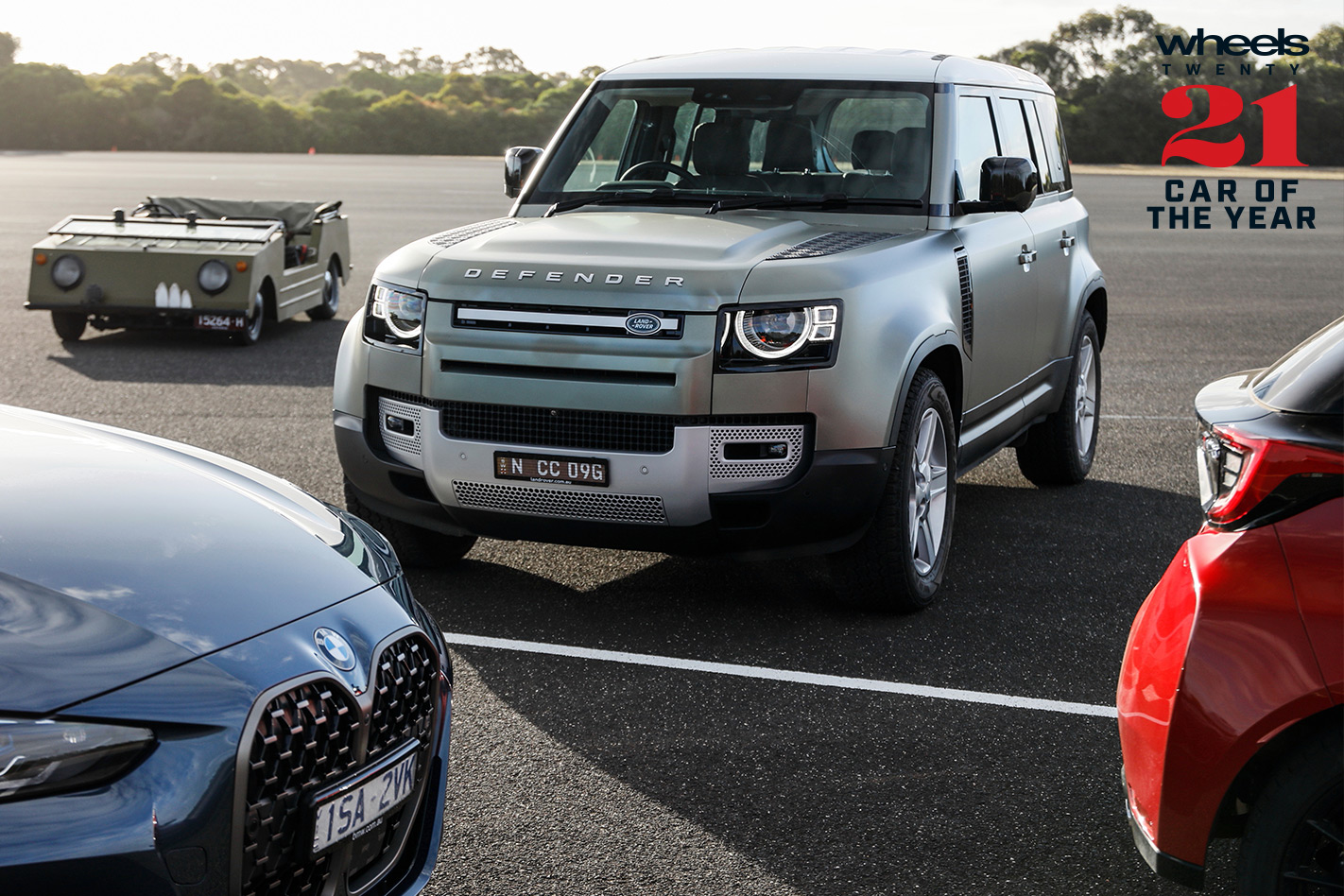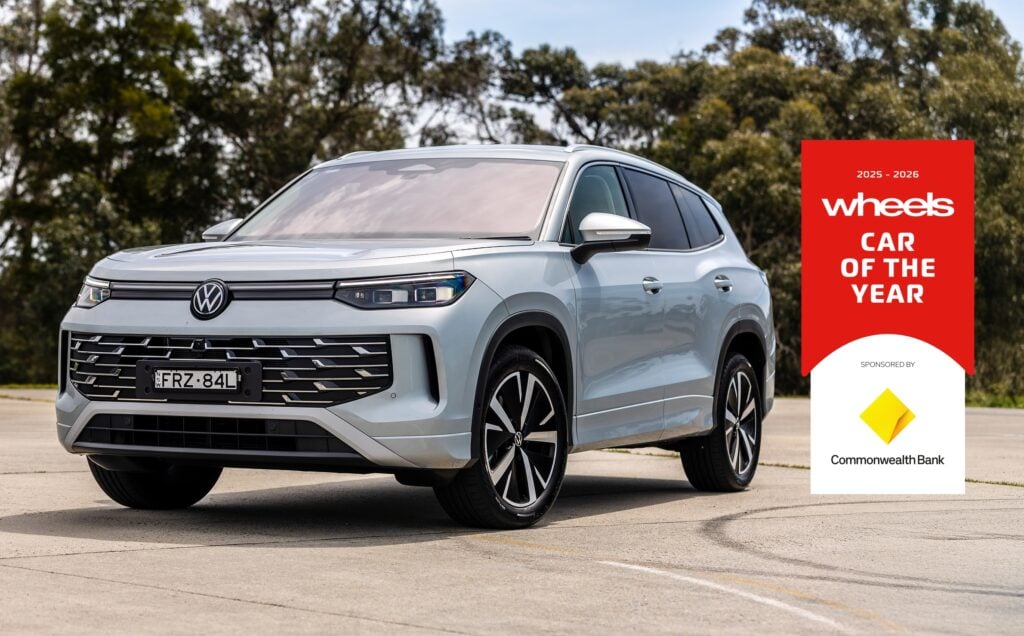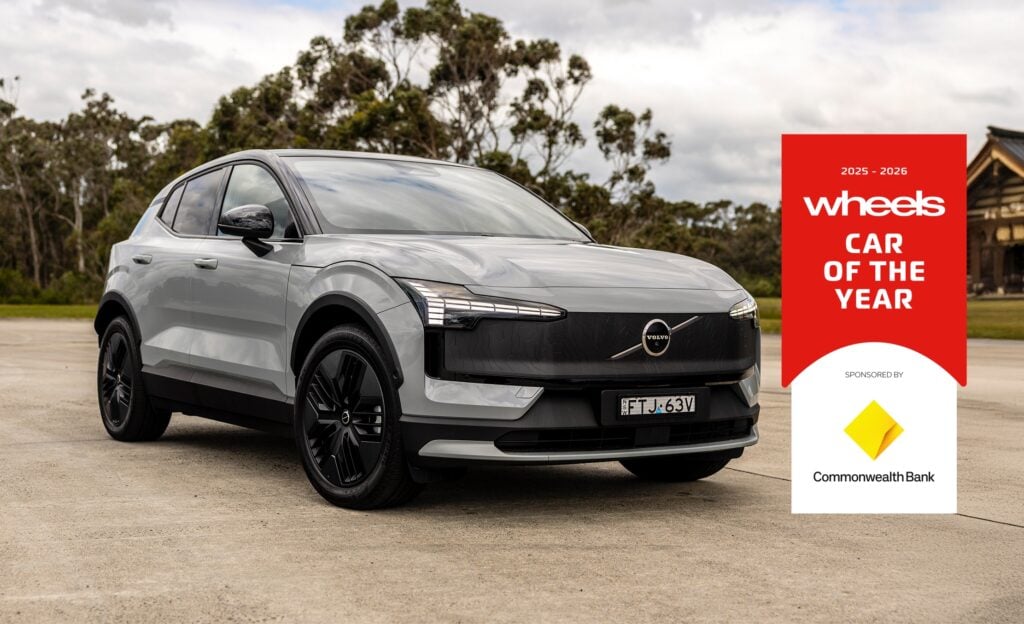In the history of daunting tasks, reinventing the Land Rover Defender is surely only just behind repainting the Sistine Chapel’s ceiling and re-recording Abbey Road.
But the fact is, for fording rivers and climbing mountains, any number of 4x4s matched the curmudgeonly English off-roader icon decades ago. Here, the challenge was recapturing the essence of the old charmer, which ceased production in 2016 after 68 years.
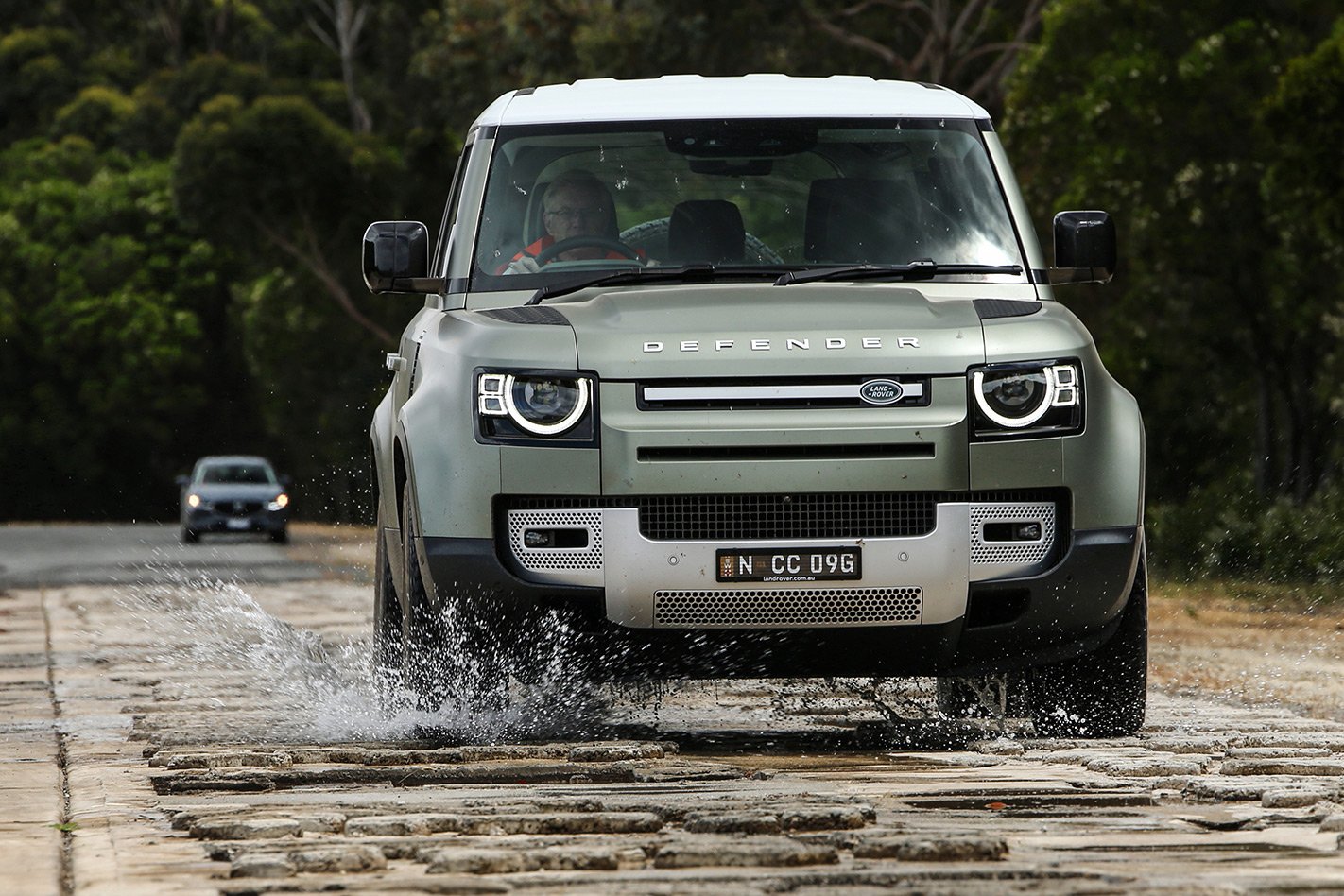
Yet looking back was not the way forward for the new Defender, and for that, fans past, present and future ought to be grateful, because the outcome is a vehicle of astounding and unexpected bandwidth.
Essentials first. Based on the D7 architecture as per the existing Discovery, Range Rover and RR Sport, though actually 95 percent new, the new Defender employs an aluminium monocoque, double wishbones up front and an integral link rear end. No separate chassis shenanigans here.
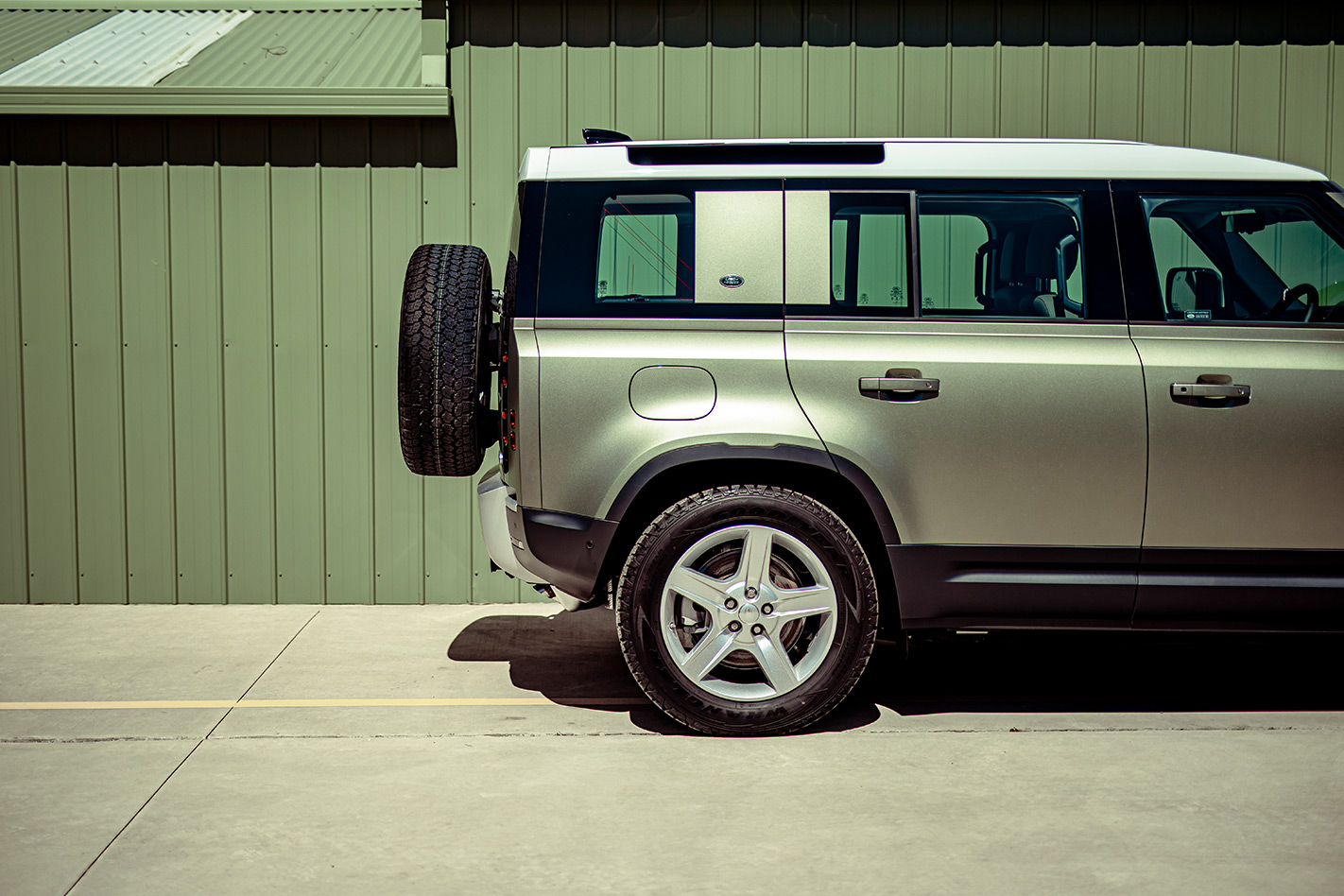
Land Rover reckons it’s never undertaken a more punishing durability testing regime. Larger than before, the short-wheelbase 90 wears coils while air suspension of brow-raising height adjustability is standard on the 110; 3500kg towing capacity is possible, the roof can support 300kg and extraordinary off-road prowess is promised thanks to permanent 4WD, dual-range transmissions, centre differential, optional locking rear diffs, extreme approach/ramp-over/departure angles and ground clearances ranging from 216mm to 291mm.
Nothing less would do. New Defender can shadow the old one, and then some, if you pick the right off-road options. Which is a great feat for something not built like a truck.
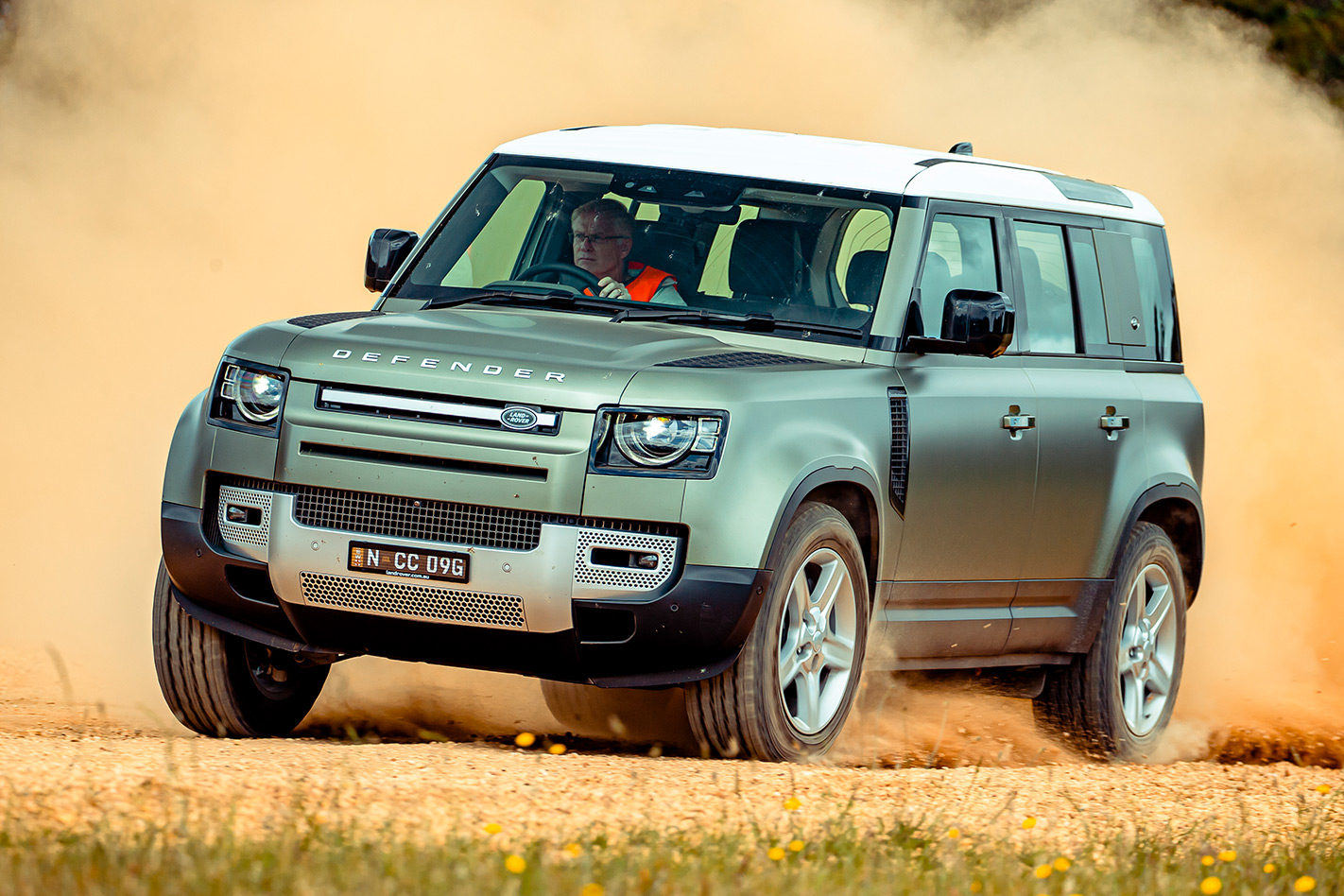
But where it also shines are in the areas the old 4×4 couldn’t hope to succeed. Like proper safety tech, decent on-road dynamics (the steering’s light but the handling, roadholding and ride comfort levels are remarkably civilised) and luxury crossover-style refinement and isolation.
Additionally, thoroughly modern engines – strident in six-cylinder petrol form yet frugal enough if you go diesel – are as efficient as the toughest legislation demands. Hybrids are also at the ready, should Australia ever wake up to itself.

Most of all, however – and this is central to the new Defender’s success – is its innate appeal as a 21st Century SUV. Aesthetically its presence is born out of proper functionality – short overhangs, boxy proportions, clean surfacing. And the vast, airy interior architecture is just as fresh and invigorating, from the robust symmetry of the dash to the plethora of unique, purpose-built amenities – including an optional front bench and beautiful rubber flooring.
Conversely, shared with other Jaguar Land Rover models, the multimedia system is arguably one of the world’s best right now. Tech meets trad with rad results…
But it isn’t all Rule Britannia.
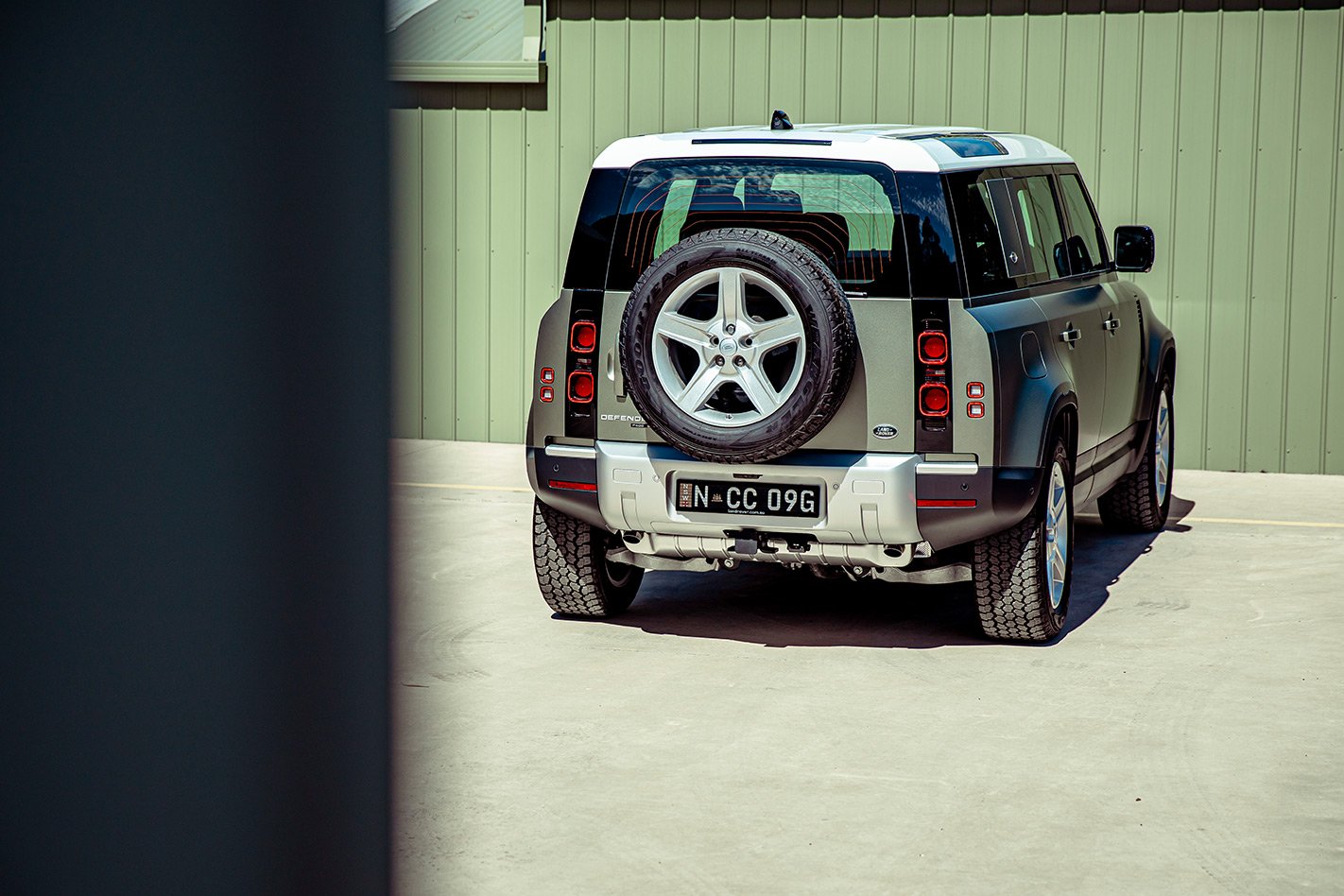
Some of the COTY judges found the stability and traction control intervention to be too abrupt. Questions are raised over early reliability and quality issues, too. And while never cheap, it now starts from nearly $80,000.
Drill through mind-scrambling configurations and options, and you’re quickly stretching well into six figures.
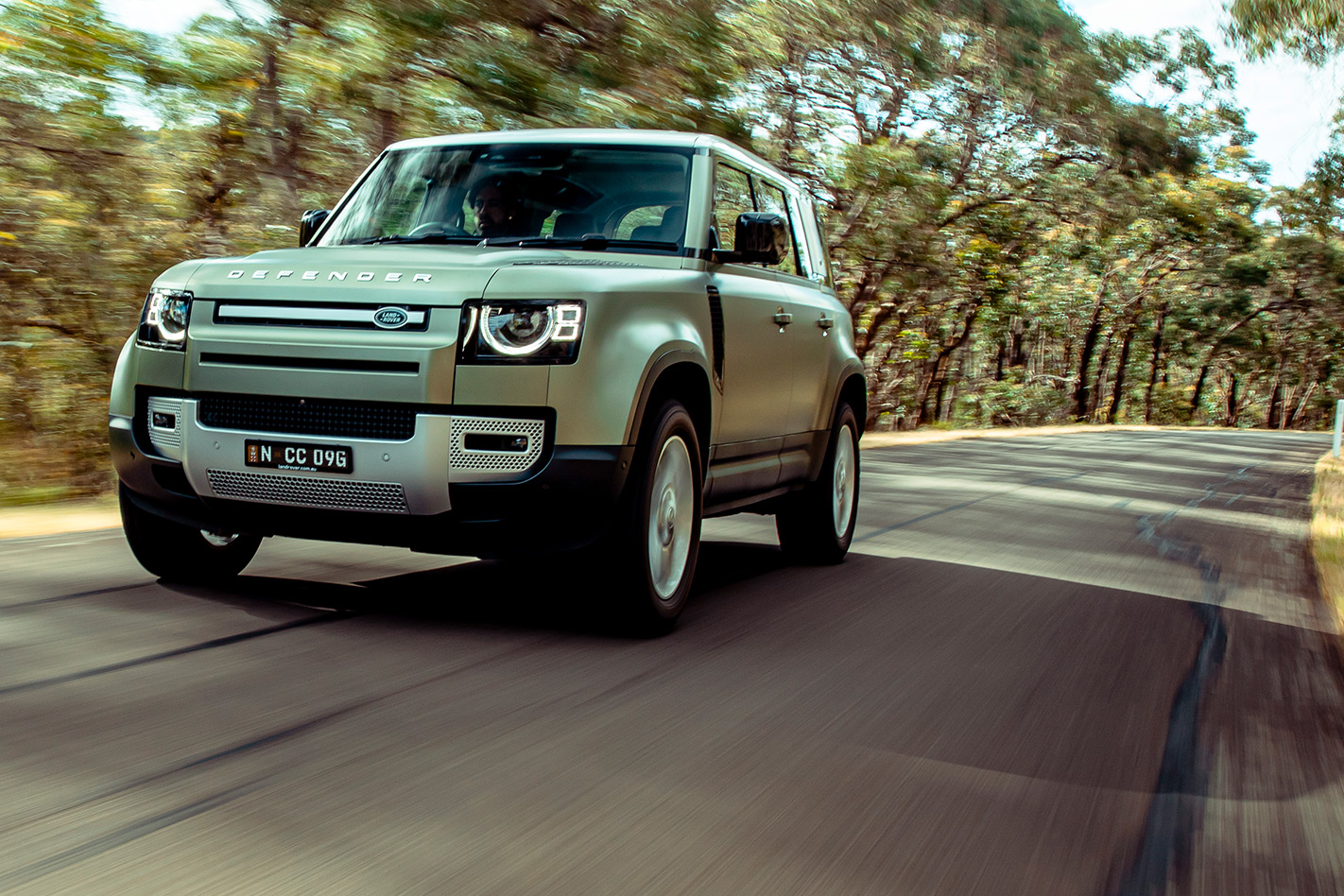
Such concerns ultimately hold the L663 back in our final assessment, even though – given its capabilities and obvious charm – the Land Rover Defender represents unique value against rivals like the Toyota LandCruiser or the familiar parade of German luxury SUVs.
Credit where credit is due. Unfettered by retro design and archaic engineering, the Defender goes from Blackadder to Bladerunner. Mission accomplished.
Richard Ferlazzo on the Land Rover Defender’s design

“I love the design of the Defender; it has a real ‘Product Design’ feel about it. A daunting challenge to reinvent an old icon and very courageous to change the flavour from farm-workhorse to luxury-utilitarian. The basic body form is robust and linear but never plain because of the clever detailing.
The front and rear graphics are also techno-cool with just enough secondary detail to explore. The plastic chequer-plate insert in the bonnet should have been aluminium. The interior follows the same extruded sectioning, but executed with a premium, yet technical feel.”
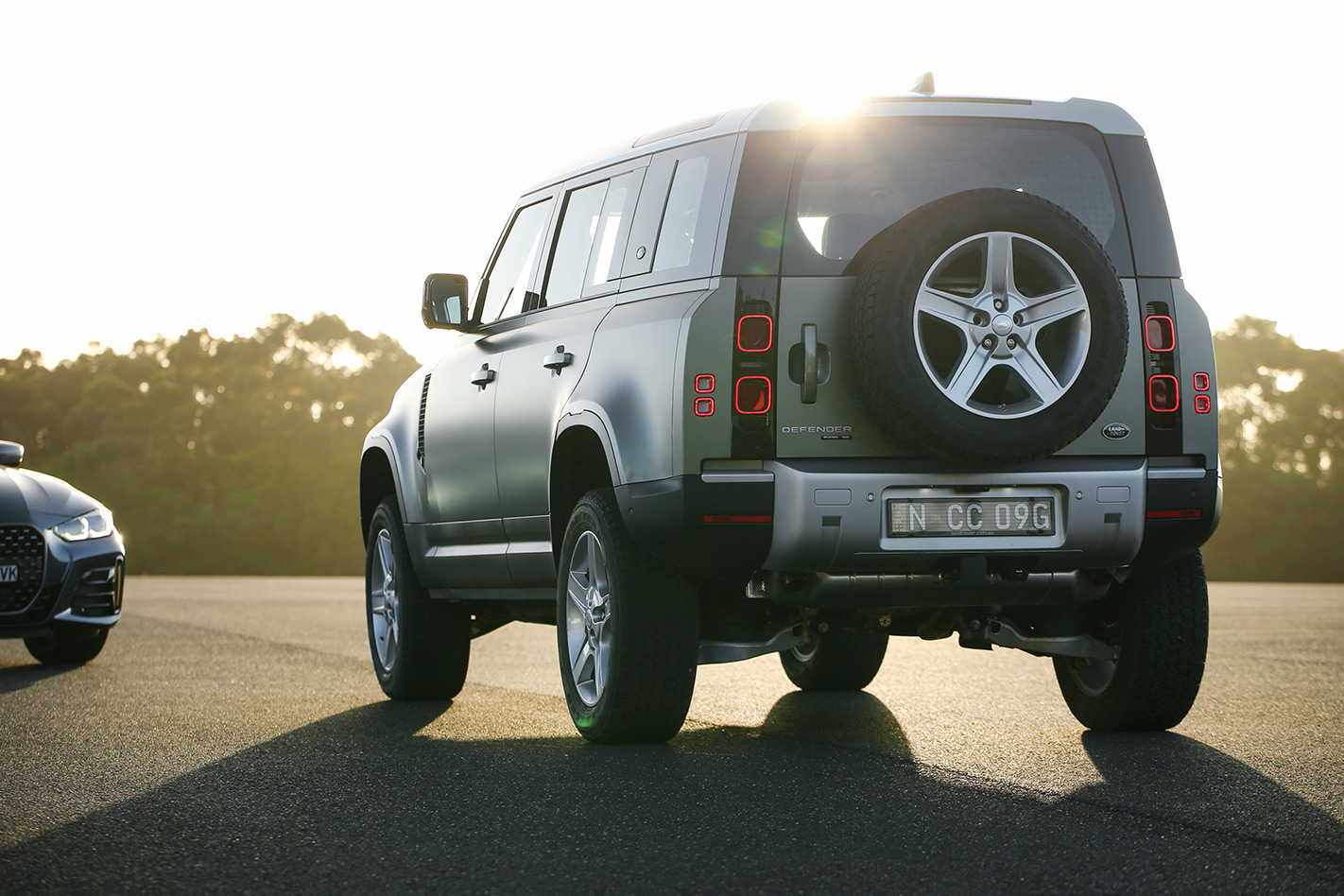
Variants Tested: – 110 P400 SE ($116,116 as-tested)

